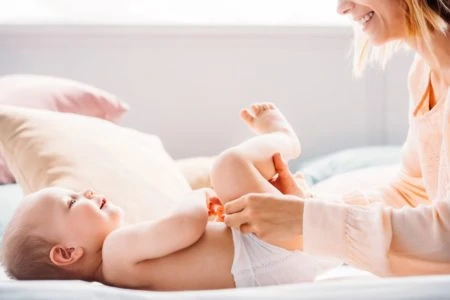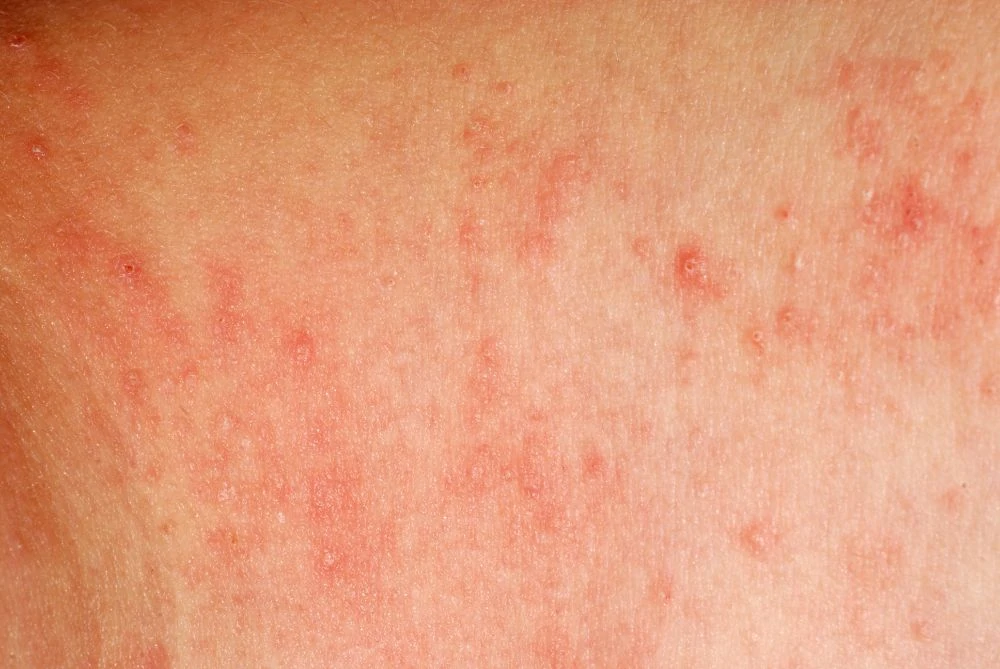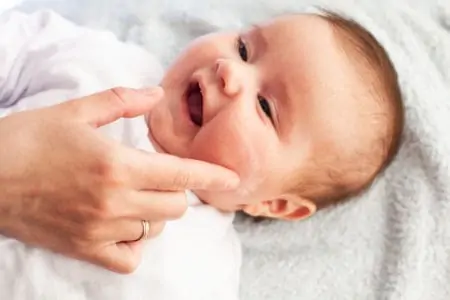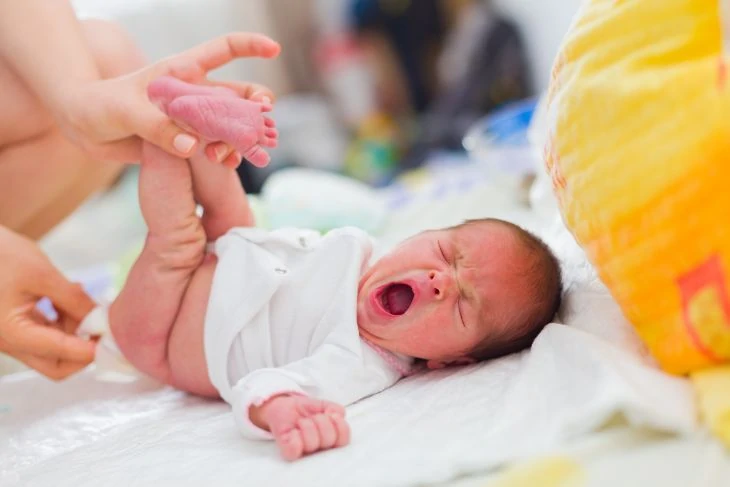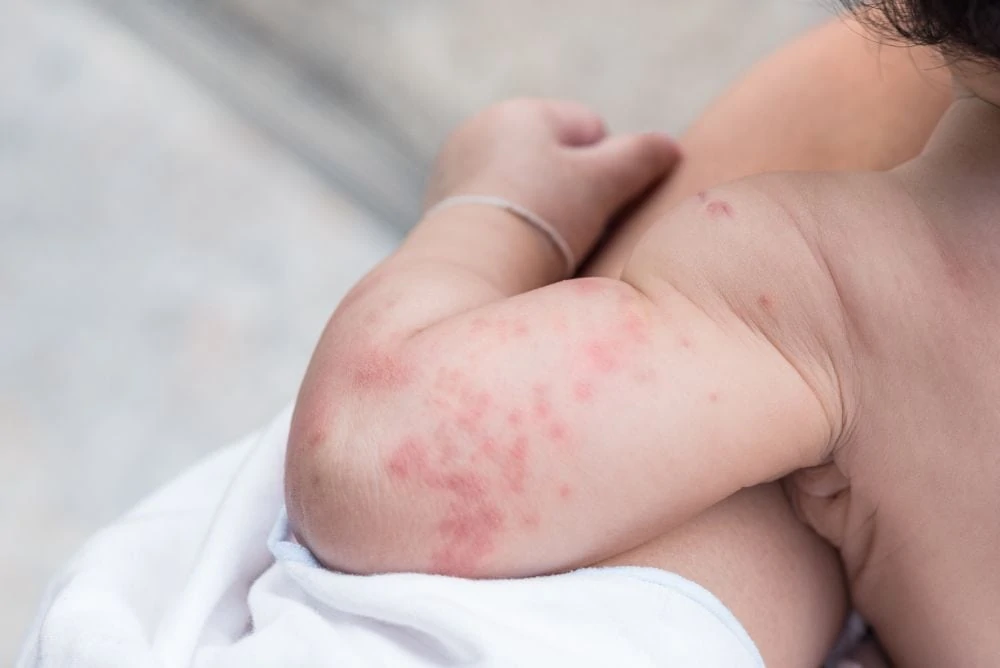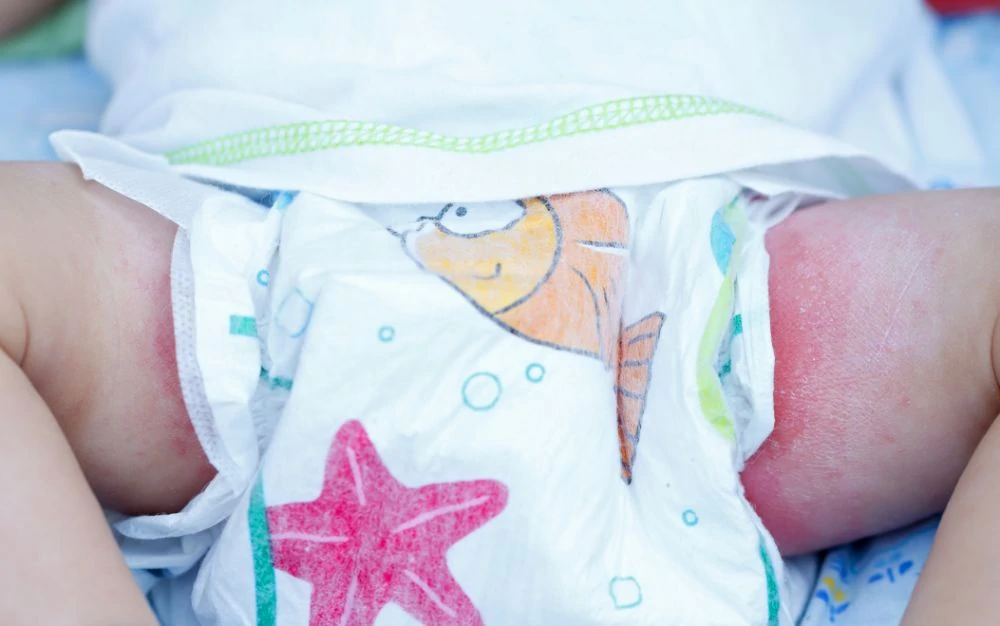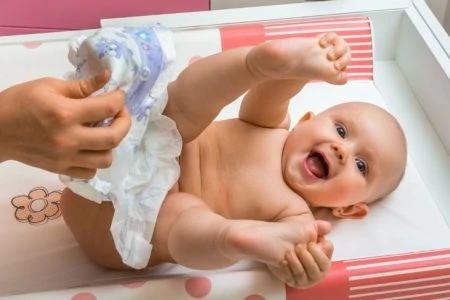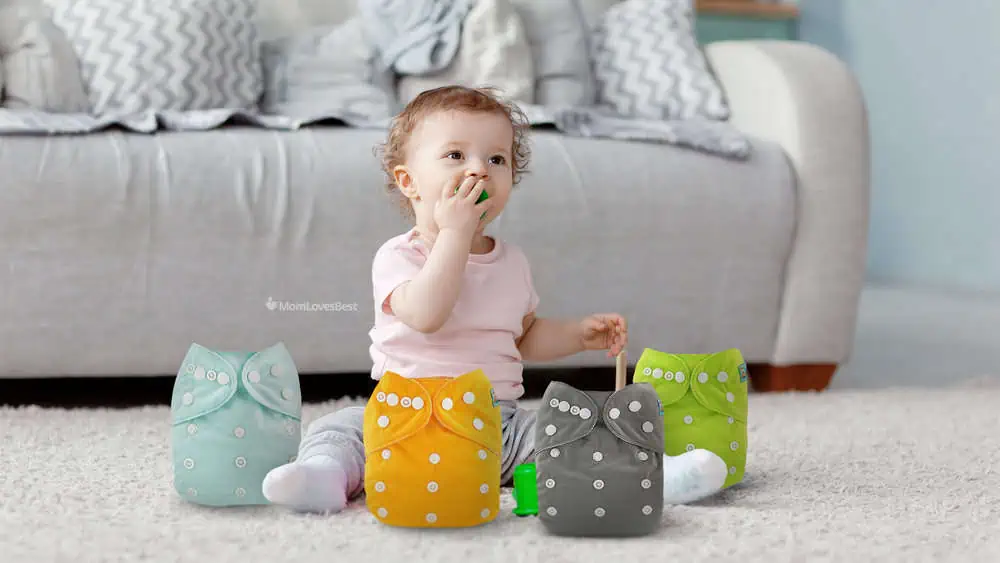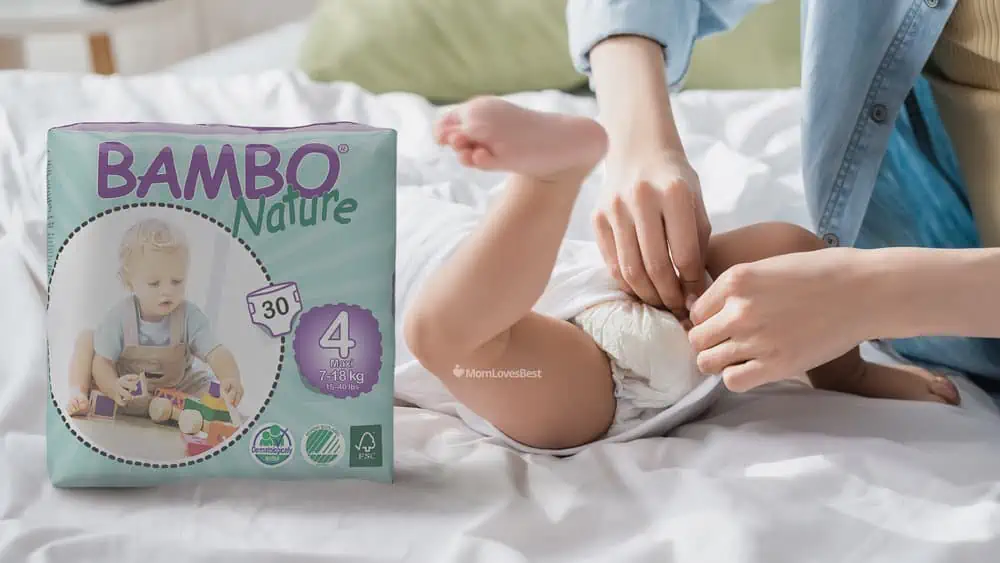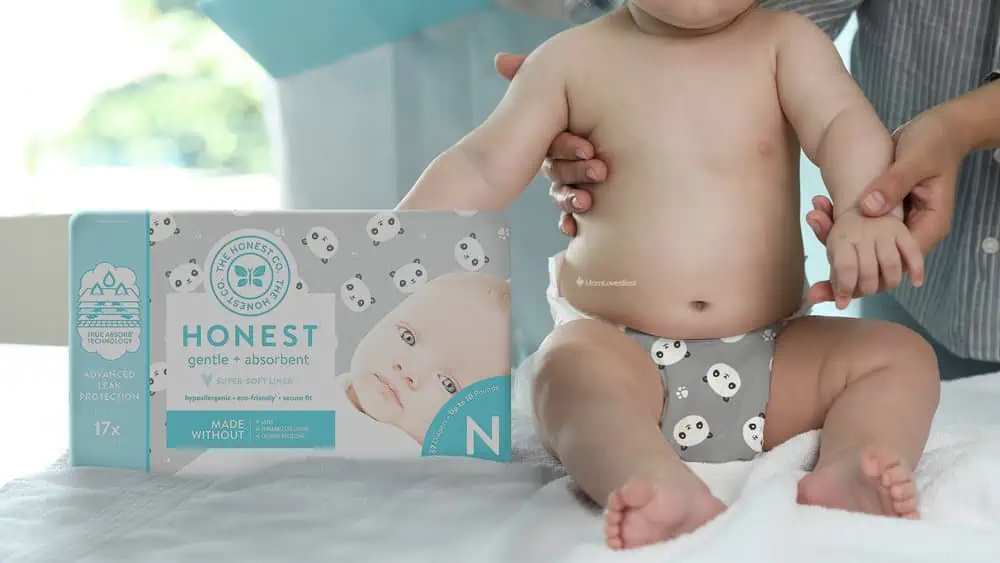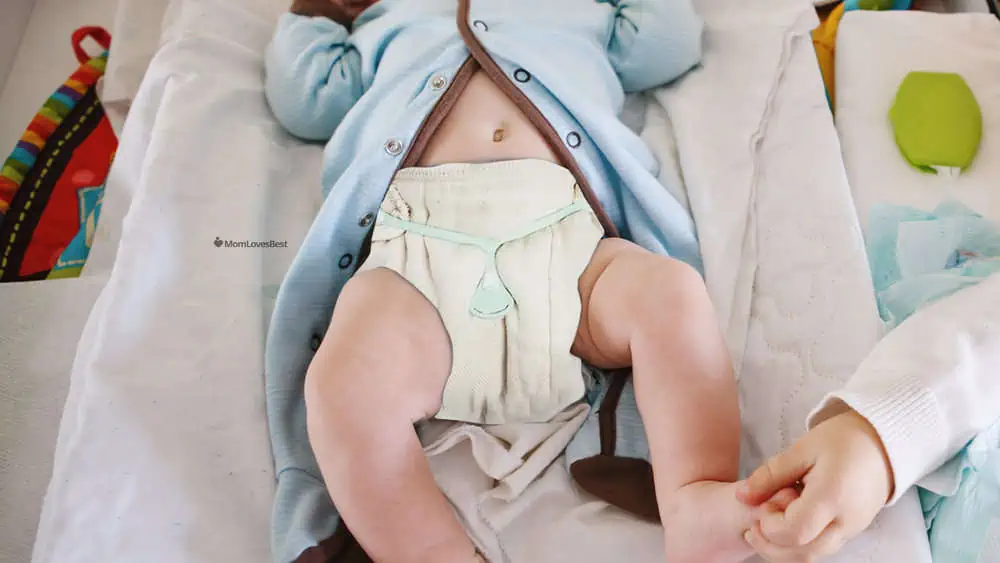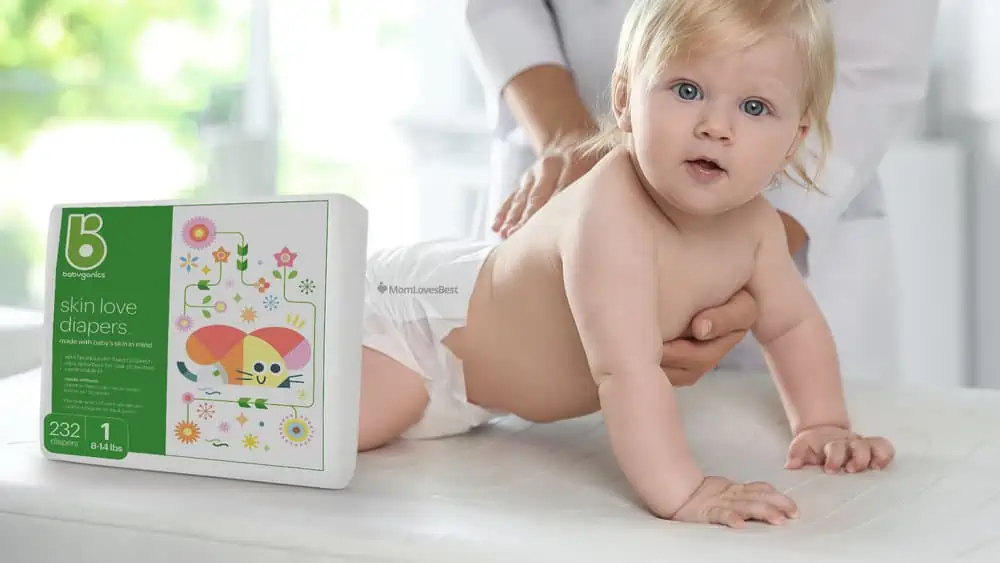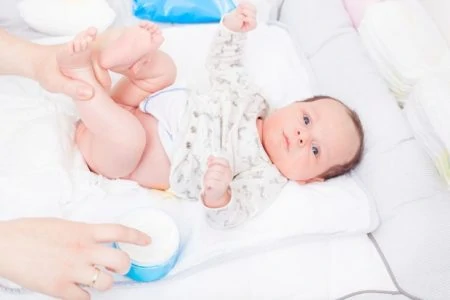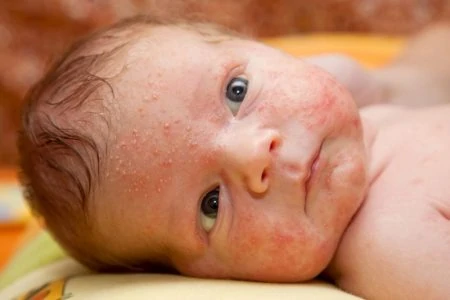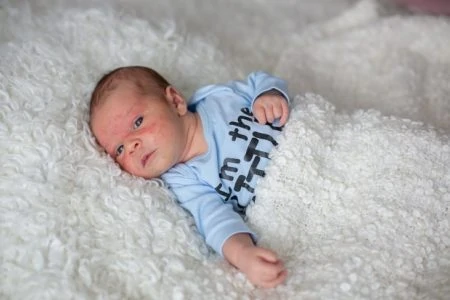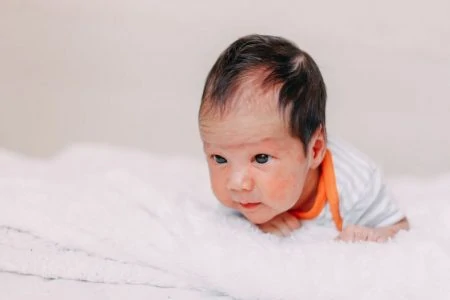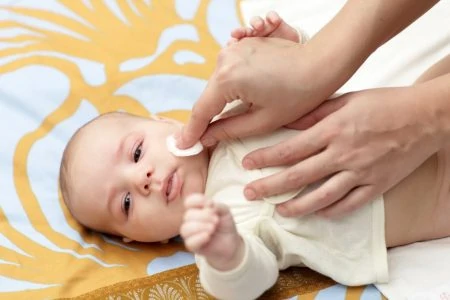Seeing a red, angry rash on your baby’s bottom is the worst feeling in the world. We’ve been there, and we know you need a solution fast.
We spent hours testing and researching to find the best diapers for sensitive skin. We looked for brands that actually keep promises about hypoallergenic materials, breathability, and moisture control.
Whether you prefer the convenience of disposables or the natural touch of cloth, we found options to help heal that rash and keep your little one comfortable.
- Dermatologist tested
- Stretchy side-paneling
- Made with citrus-based odor inhibitors
- Plant-based materials
- Adapts to child’s shape
- Bulk purchase for extra savings
How to Choose
When your baby has delicate skin, you can’t just grab any pack off the shelf. Here are the specific features we look for to prevent irritation and heal rashes.
- Hypoallergenic properties: If your child reacts to standard diapers, they likely have a sensitivity to specific allergens (1). Hypoallergenic options remove common triggers like latex, lotions, and fragrances to decrease reaction risks.
- Ingredient transparency: Look for “free-from” lists. The best diapers for sensitive skin avoid chlorine bleaching, phthalates, parabens, and tributyltin (TBT). Brands that publish third-party testing results are usually safer bets.
- Moisture-wicking capabilities: Damp skin is the enemy. It breeds bacteria and causes skin breakdown. You need a diaper with a high-quality core that pulls liquid away from the surface immediately to keep the skin dry.
- Breathability: Airflow is essential for healing (2). We look for microporous covers that let vapors escape without letting leaks out. This circulation prevents heat buildup that exacerbates rashes.
- Physical comfort and fit: Tight elastic causes chafing, which looks like a burn on sensitive skin. We prefer diapers with soft, wide waistbands and leg cuffs that move with the baby rather than digging in.
- Eco-friendly materials: Sustainable diapers often use plant-based materials like bamboo or wood pulp instead of plastics (3). These natural fibers are naturally softer and less likely to contain harsh chemical residues.
How Do I Know if My Child Has Sensitive Skin?
A baby’s skin is fragile because the protective barrier is still developing. While many skin irritations are temporary, consistent reactions suggest sensitive skin.
“Sensitive skin” is a broad term used on baby wipes and creams, but it manifests in different ways. Here is what to look for.
Sensitive Skin: Cloth vs. Disposable
The cloth vs. disposable debate changes when sensitive skin is involved.
Disposable diapers are highly absorbent. They pull moisture away instantly, which helps prevent rashes caused by wetness. However, they contain more chemicals, which can trigger allergic reactions in some babies.
Cloth diapers are natural and chemical-free, making them excellent for babies allergic to plastics or gels. The downside is they don’t wick moisture as fast. If you choose cloth, you must change the baby immediately after they wet to prevent “ammonia burn” rashes.
Product Reviews
We evaluated these diapers based on ingredient purity, softness, and their ability to keep skin dry. Here are the winners.
Alvababy Cloth Diapers
Best Cloth Diaper for Sensitive Skin
Alvababy uses a pocket system that gives you total control over what touches your baby. You get a waterproof outer shell and a pocket where you stuff the absorbent insert. The inner layer is soft suede cloth, which wicks moisture into the insert to keep the baby’s bottom dry.
For sensitive skin, the ability to choose your insert is huge. You can use natural materials like bamboo charcoal or hemp, which are naturally hypoallergenic and antimicrobial.
We also love the adjustability. The snap system lets you customize the fit around the waist and legs. A better fit means less friction and chafing, which is a common cause of rashes.
Pros
- Reusable and eco-friendly.
- Adjustable snaps grow with your baby.
- Customizable absorbency zones.
Cons
- Snap system has a learning curve.
Our Ratings
Bambo Nature Baby Diapers
Best Disposable Diapers for Sensitive Skin
Bambo Nature is a heavyweight champion in the world of non-toxic diapers. They carry the Nordic Swan Ecolabel, certifying they are free from known allergens, perfumes, and dangerous chemicals.
The back sheet feels like real fabric and is fully breathable. This airflow is critical for sensitive skin because it prevents the heat and humidity that yeast rashes love. They are incredibly thin but surprisingly absorbent, reducing bulk between the legs that can cause rubbing.
They are suitable from birth up to potty training weights. For parents who want the convenience of a disposable without the chemical load, this is a top-tier choice.
Pros
- Certified skin-safe and eco-friendly.
- High breathability reduces heat rash.
- Wetness indicator included.
- TCF (Totally Chlorine Free).
- Excellent absorption speeds.
Cons
- Waistband lacks elasticity in the back (prone to blowouts).
- Higher price point.
Our Ratings
The Honest Company Diapers
Best Hypoallergenic Diaper for Sensitive Skin
The Honest Company built its reputation on ingredient transparency. These diapers are made without latex, chlorine processing, fragrances, or lotions. By removing these common irritants, they eliminate the most frequent causes of contact dermatitis.
The core uses sustainably harvested fluff pulp and holds a significant amount of liquid (up to 17 times its weight). This keeps the skin dry even during long naps.
Honest diapers are also famous for their adorable prints. While that doesn’t help the rash, it makes diaper changes a little more fun. The stretchy side panels offer a flexible fit that moves with active babies without digging into their skin.
Pros
- Dermatologist tested and hypoallergenic.
- Bio-based core with fluff pulp.
- Citrus-based odor inhibitors (no fake scents).
- Widely available in stores.
Cons
- Runs slightly small compared to other brands.
Our Ratings
Humble Bebe Cloth Diapers
Most Affordable Cloth Diaper for Sensitive Skin
If you want the purity of cotton without the high price, Humble Bebe prefolds are the answer. These are unbleached, premium cotton rectangles that you fold and secure with a fastener.
Because they are unbleached, no harsh chemicals were used in manufacturing. You get pure, soft cotton against your baby’s skin. You can boil wash them to sanitize, which is great for killing bacteria if your baby has a persistent rash.
They require a waterproof cover (sold separately), but the system is bulletproof against leaks once you get the hang of the fold. The natural oils are stripped during the manufacturing prep, making them absorbent right out of the package.
Pros
- Can also be used as burp cloths.
- Pre-shrunk cotton.
- Extremely durable and easy to sanitize.
- Thick 4-8-4 layering for absorption.
Cons
- Bulky fit.
- Requires separate cover and fasteners (Snappis or pins).
Our Ratings
Babyganics Ultra Absorbent Diapers
Most Affordable Disposable Diaper for Sensitive Skin
Clean diapers often come with a high price tag, but Babyganics offers a budget-friendly alternative. They are formulated without chlorine, latex, petroleum-based lotions, or fragrances.
Instead of chemicals, they use a seed-oil blend (NeoNourish) with tomato, sunflower, cranberry, black cumin, and raspberry seed oils. This is designed to support the skin, though parents of babies with specific plant allergies should double-check the list.
The fit is trim and flexible. They use what they call “accordion side wings” to stretch comfortably around the waist. This prevents the red marks you often see from stiff diaper tabs.
Pros
- Plant-based ingredients.
- Good absorbency for the price.
- Wetness indicator on all sizes.
- Soft feel similar to premium brands.
Cons
- Not biodegradable.
